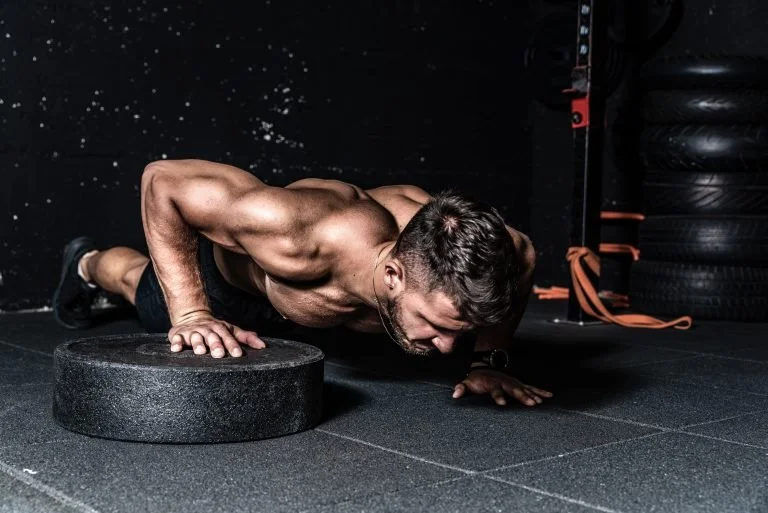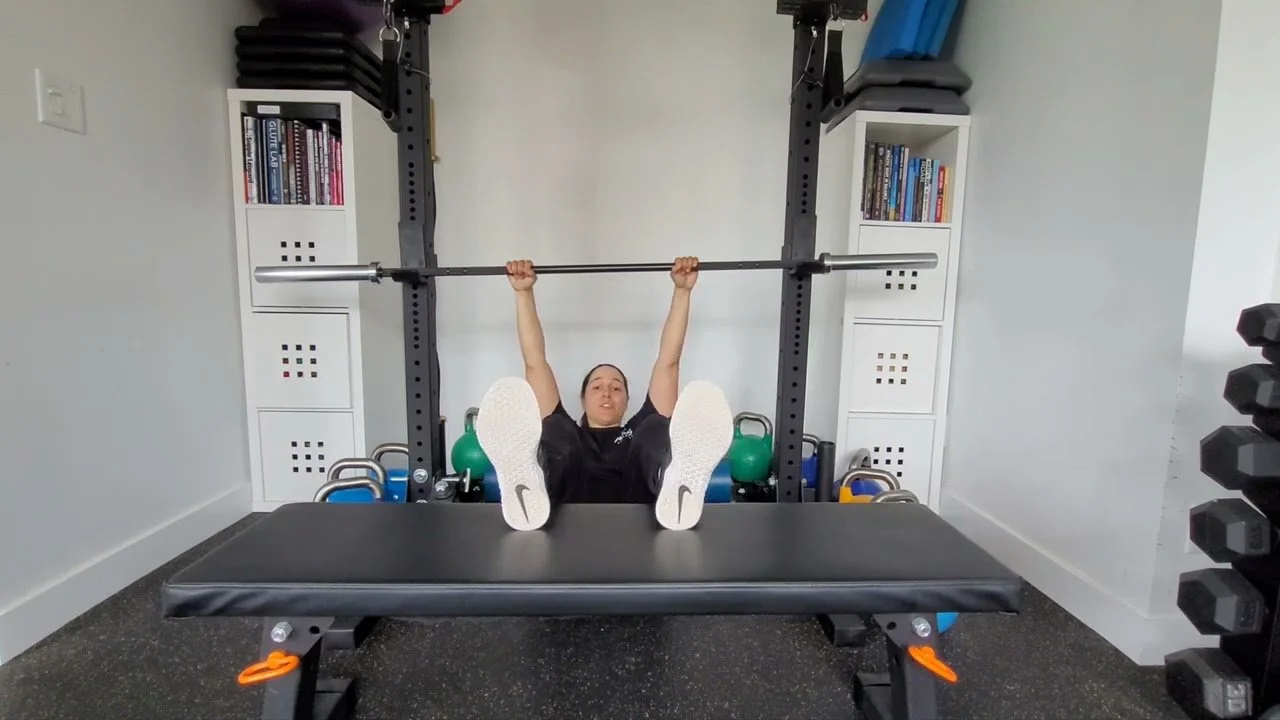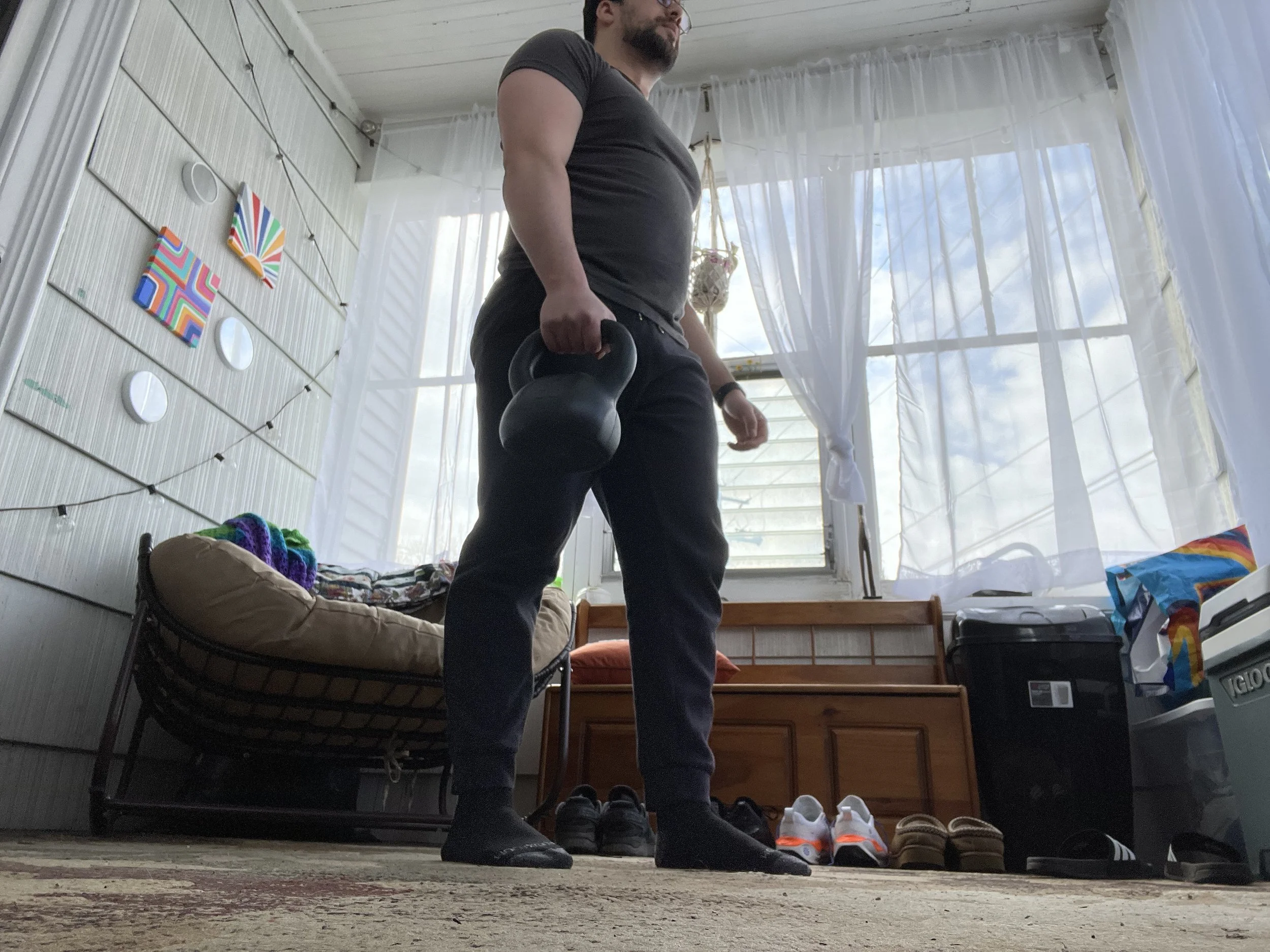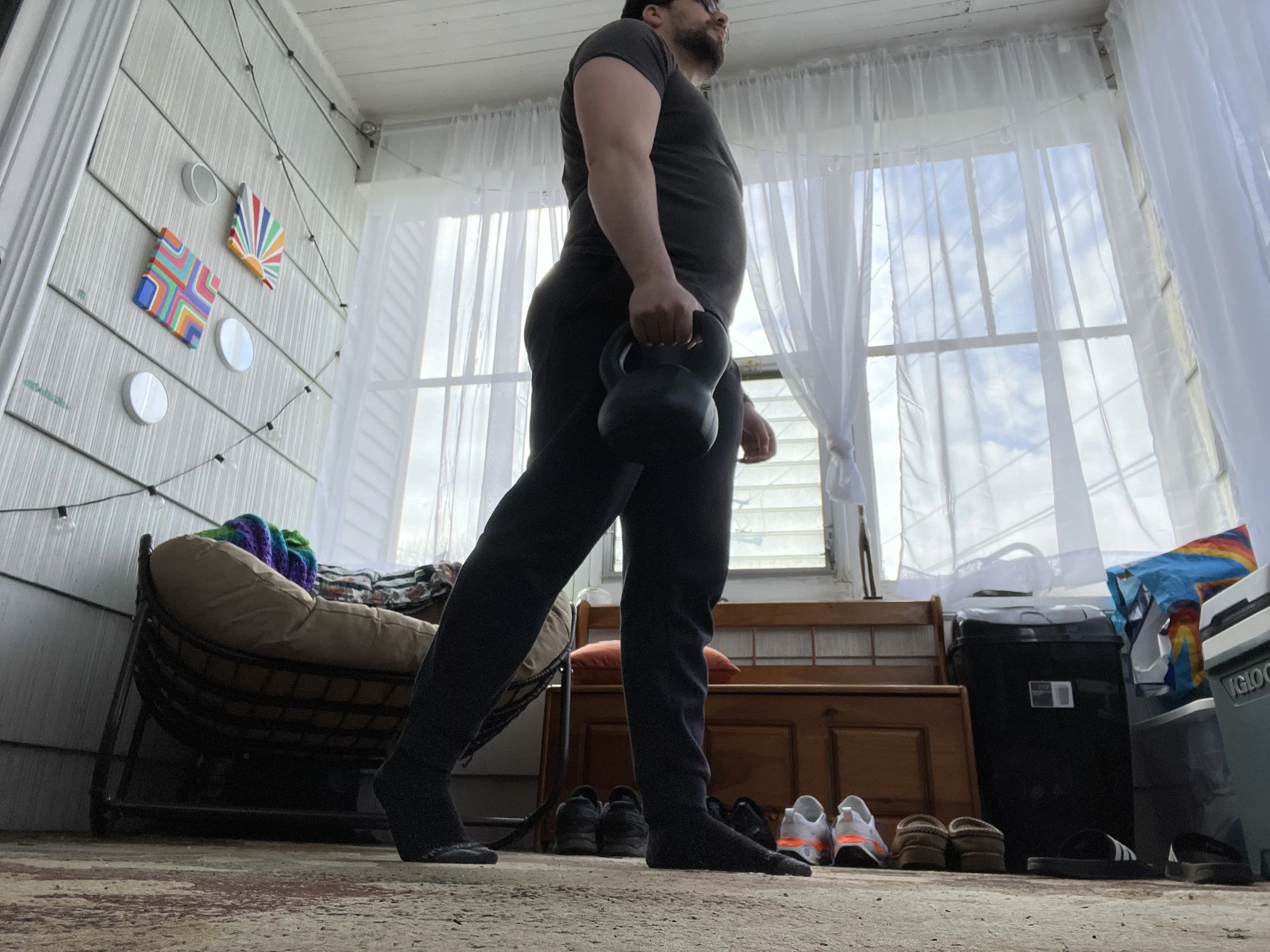Bilateral vs. Unilateral Training - Considerations for Programming
There generally tend to be two elements to biomechanics that exist at all times - force and motion. We all have the ability to move, and we all have the ability to produce force. This has vast implications across the training spectrum ranging from low-level mobility exercises all the way up to 1RM lifts. In training, we typically aim to optimize the element of force much more so than motion, leaving us very strong but biomechanically restricted. We tend to bias our exercise selection towards bilateral exercises since they are quicker to execute and easier to teach. Some even say that the default mode of training should be bilateral, to which I disagree. By training only bilaterally, we are quickly restricting motion available across the entire body, and this will catch up quickly to the individual (injuries, pain, etc.). Through bilateral training, we inevitably will develop mobility deficits. The easiest way we can address mobility deficits is through unilateral training.
Unilateral Training
All movement ties to breathing, and the human body compresses and expands with every breath we take. This also directly ties into the gait cycle. As we move through the phases of walking, our body expands, compresses, then re-expands again to re-initiate the cycle. Walking in and of itself is a unilateral movement through and through. As one side of the body expands, the other is compressing, and vice versa. To move freely, we must have the ability to alternate between this compression and expansion, otherwise we do not move. Expansion is associated with external rotation of the body (all movements that involve flexion, abduction, and external rotation), while compression is associated with internal rotation of the body (all movements that involve extension, adduction, and internal rotation). As we walk, the leg striking the ground is initially externally rotated, but then proceeds to internally rotate all the way until the heel of that leg breaks from the ground at the end of the step, at which point the limb re-externally rotates. While one side is in external rotation, the other side is in internal rotation. We cannot move with both sides in the same rotation (some people do this and wonder why they have pain). When we are training unilaterally, we are re-creating this concomitant rotation that occurs in our gait cycle. Training unilaterally, therefore, improves our ability to move through space and creates more movement options, sometimes at the expense of strength. So what’s the deal with bilateral training?
Bilateral Training
When we are training bilaterally, we are inherently limiting the available motion we have in our body. We do this to maximize the strength output from the exercise - to move the most weight possible for the given amount of sets and reps. Maximum strength comes from creating maximum stability. There really is no stability if you are freely moving/not restricting motion. When we watch powerlifters move the amount of weight they do, they are making their best effort to create high amounts of stability in order to move as much weight as possible. The Valsalva maneuver is a method used to create this stability as well (think - no breathing = no movement = more stable). This is necessary for them, but the trade-off comes with the lack of mobility. Those lifters are not typically the most flexible people in the planet. When we are in a bilateral stance, we are in a position of compression, and the body is internally rotated on both sides. In order to produce force, we must be able to internally rotate. Therefore, it is favorable to position ourselves to give us the best chance to produce maximum force. Since this is a compressive position, we give up the ability to expand and externally rotate to some degree.
Unilateral and bilateral training both have their place in training and should be utilized at the appropriate time. But this beckons the question - how do we determine the best time to choose bilateral vs. unilateral training options?
Trust the Assessment
Assessments will be how you determine which direction to take a movement pattern/individual. Strength testing will be the best way to determine whether someone possesses an appropriate amount of strength for the given lift/their training experience. Keep in mind that some individuals are NOT predisposed to being high force producers, so when testing for strength this must be kept in mind (hint - narrow ISA). If someone is demonstrating great levels of strength in a given lift, but seem to have limited their mobility as a result, you may want to opt for unilateral options to give back some of the lost mobility, while attempting to maintain output.
Mobility testing will be your best way to determine how flexible an individual is. Some easy tests for this are the Apley Scratch Test, Bodyweight Squat, and Toe Touch. Individuals typically can touch the top and bottom of the opposite scapula with the testing arm in the Apley Scratch, and how an individual executes both a Bodyweight Squat and Toe Touch will reveal any movement discrepancies occurring in the hips. If you see that an individual is quite flexible and executing the tests quite well, maybe it is best to move them in the direction of high intensity strength training to begin building up resilience. Keep in mind, again, that certain individuals will be predisposed to NOT being mobile enough just by default (wide ISA) and so it will be down to the individual/coach to make the decision on how much mobility is enough to move the person towards higher intensity lifting.
By looking at exercise selection through this lens, we improve our ability to pick the right exercise at the correct time. This is important in order to create the best athlete/trainee that we can with the resources we have.
Some Options for Each Major Movement
We have 4 major movements - upper body push, upper body pull, lower body push, and lower body pull.
Each primary movement has great bilateral and unilateral options we can pick:
Upper Body Push
Bilateral - Barbell Bench Press, Dumbbell Bench Press, Weighted Push-ups
Unilateral - Single-arm DB Bench, Alternating DB Bench, Offset Push-ups
Helps create a rotation in the body.
Credit - Kaizo Health (https://www.kaizo-health.com/offset-training-for-strength-performance/)
Upper Body Pull
Bilateral - Barbell Bent-over Row, Lat Pulldowns, Pull-ups/Chin-ups
Unilateral - Single-arm DB Row, Single-arm Lat Pulldown, Offset Inverted Row
Offset Inverted Row - Notice how one side is higher than the other.
Credit: Coach Evelyn Calado (https://www.youtube.com/@coachcalado)
Lower Body Push
Bilateral - Barbell Back Squat, Barbell Front Squat, Barbell/Trap Bar Deadlift
Unilateral - Goblet/Suitcase Split Squat, Goblet/Suitcase Lunges, Goblet/Suitcase Step-ups
Lower Body Pull
Bilateral - Barbell Romanian Deadlift, Nordic Hamstring Curl, Dumbbell Romanian Deadlift
Unilateral - DB/KB Staggered RDL, DB/KB Kickstand RDL, Banded Hamstring Curls
Staggered RDL
Kickstand RDL (Note the rear heel position)
Final Thoughts
In many athletic endeavors, we are moving erratically and dynamically, meaning we are externally and internally rotating constantly. We even do this when walking. This should lead most practitioners to opt for unilateral training as much as possible to keep building sufficient levels of strength while retaining mobility. Keep in mind that, despite unilateral training providing more mobility, choosing to load a unilateral exercise to a great extent can end up restricting motion since more weight will lead to more compression and more internal rotation needed.
If your particular individual participates in an activity requiring high levels of stability and strength, the training bias should be pushed in the direction of more force + more bilateral movements in order to maintain the qualities necessary for success. A Needs Analysis will give you the answer as to which direction you must go.
Both unilateral and bilateral should be in a program, but your bias should typically err in favor of one or the other based on what your goals are.



